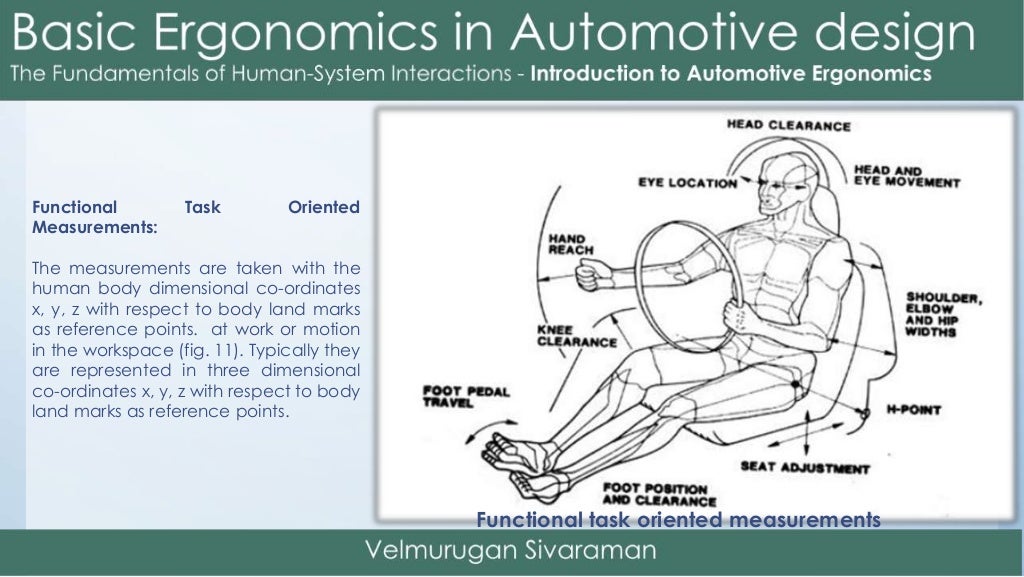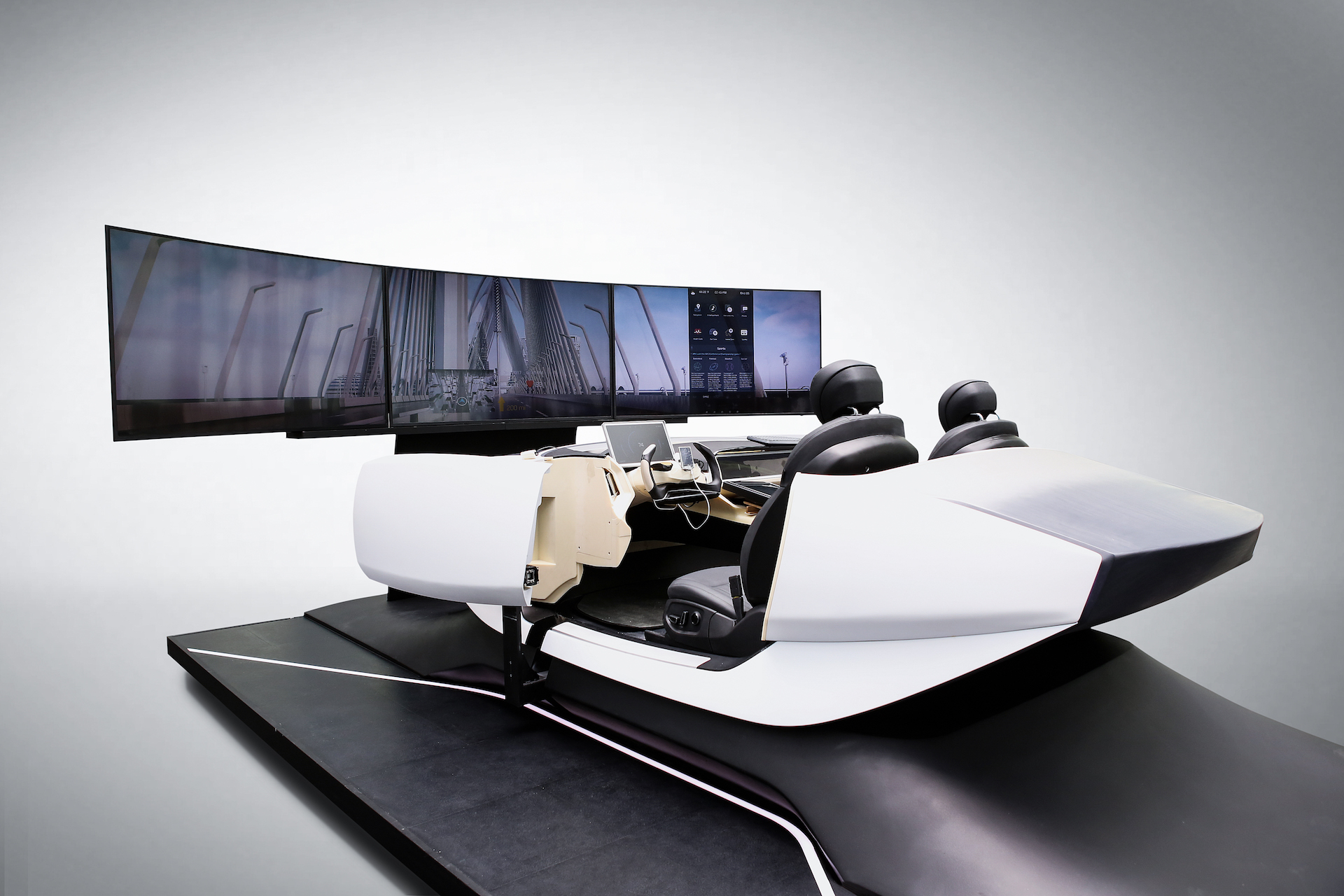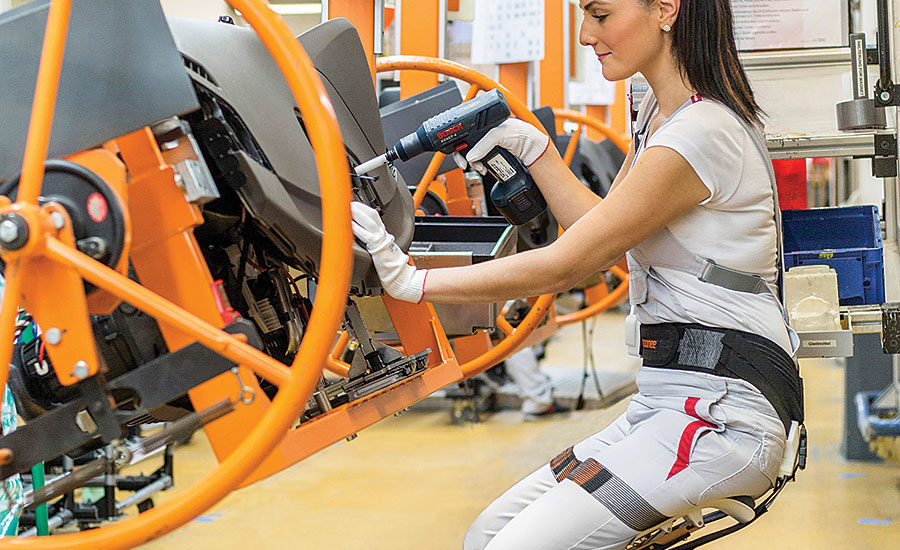Revolutionizing Automotive Design: The Role of Ergonomics and Human Factors Engineering
We often marvel at the speed, power, and aesthetics of automobiles, rarely pausing to appreciate the intricate science of ergonomics that makes our vehicles comfortable, safe, and accessible. As both a car enthusiast and an individual deeply aligned with a scientific approach to problem-solving, I hold a profound respect for the field of ergonomics and human factors engineering in automotive design. This area, although technical, underpins every interaction we have with our vehicles, ensuring they fit us as perfectly as a well-tailored suit.
From the positioning of the pedals to the tactile feel of the dashboard controls, every detail in a car’s design is influenced by ergonomic principles. These principles are crucial not just for comfort but for safety and functionality, shaping the driving experience in ways both subtle and significant.
The Science of Ergonomics in Automotive Design
Ergonomics, or human factors engineering, focuses on designing products and environments that align with the physical and psychological capabilities of their users. In the realm of automotive design, this means creating vehicles that people of diverse sizes, strengths, and abilities can use efficiently, comfortably, and safely. The challenge here is immense, given the wide range of human variability.

Recent advancements in this field have brought to light the importance of incorporating cognitive ergonomics alongside physical ergonomics. Cognitive ergonomics deals with the driver’s mental processes, such as perception, memory, and reaction time, emphasizing the need for intuitive vehicle controls and interfaces to prevent distractions and reduce the likelihood of accidents.
Improving Safety Through Ergonomics
One cannot overstate the role of ergonomics in enhancing vehicle safety. Proper ergonomic design can significantly mitigate the risk of accidents by ensuring controls are placed within easy reach, displays are easily readable, and seats support the driver’s posture. For example, the design of a car’s cockpit, including the steering wheel, seat, displays, and controls, must account for driver visibility and comfort to promote alertness and reduce fatigue on long journeys.

Enhancing the User Experience
Beyond safety, ergonomics profoundly affects the overall user experience. A vehicle equipped with ergonomic features adapts to the needs of its driver, from adjustable seats and steering wheels to user-friendly infotainment systems. These features might seem secondary but play a significant role in making the driving experience not only comfortable but personalized and enjoyable.
As someone with a deep appreciation for automotive design and history, I believe that the meticulous efforts made in ergonomics often go unnoticed but are crucial for the continued evolution and human-centered approach in car manufacturing. It’s this seamless integration of engineering and design that makes modern vehicles not just machines, but companions on the road.
Looking Forward
The future of automotive design continues to evolve with advancements in technology, and ergonomics remains at the forefront of this innovation. As we venture further into the era of autonomous vehicles and sophisticated infotainment systems, the role of ergonomics will only grow in importance. It will ensure that, even as cars become more complex and autonomous, they remain intuitive, safe, and pleasurable to use.
Delving into the technical aspects of car design, especially from an ergonomic perspective, allows us to appreciate the complexity and thoughtfulness behind the vehicles we often take for granted. It’s a reminder that, at its heart, automotive engineering is about people just as much as it’s about machines.
As we continue to explore and innovate, let us not forget the fundamental role of ergonomics in shaping the future of automotive design, making our interactions with vehicles safer, more comfortable, and ultimately, more human.
